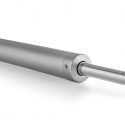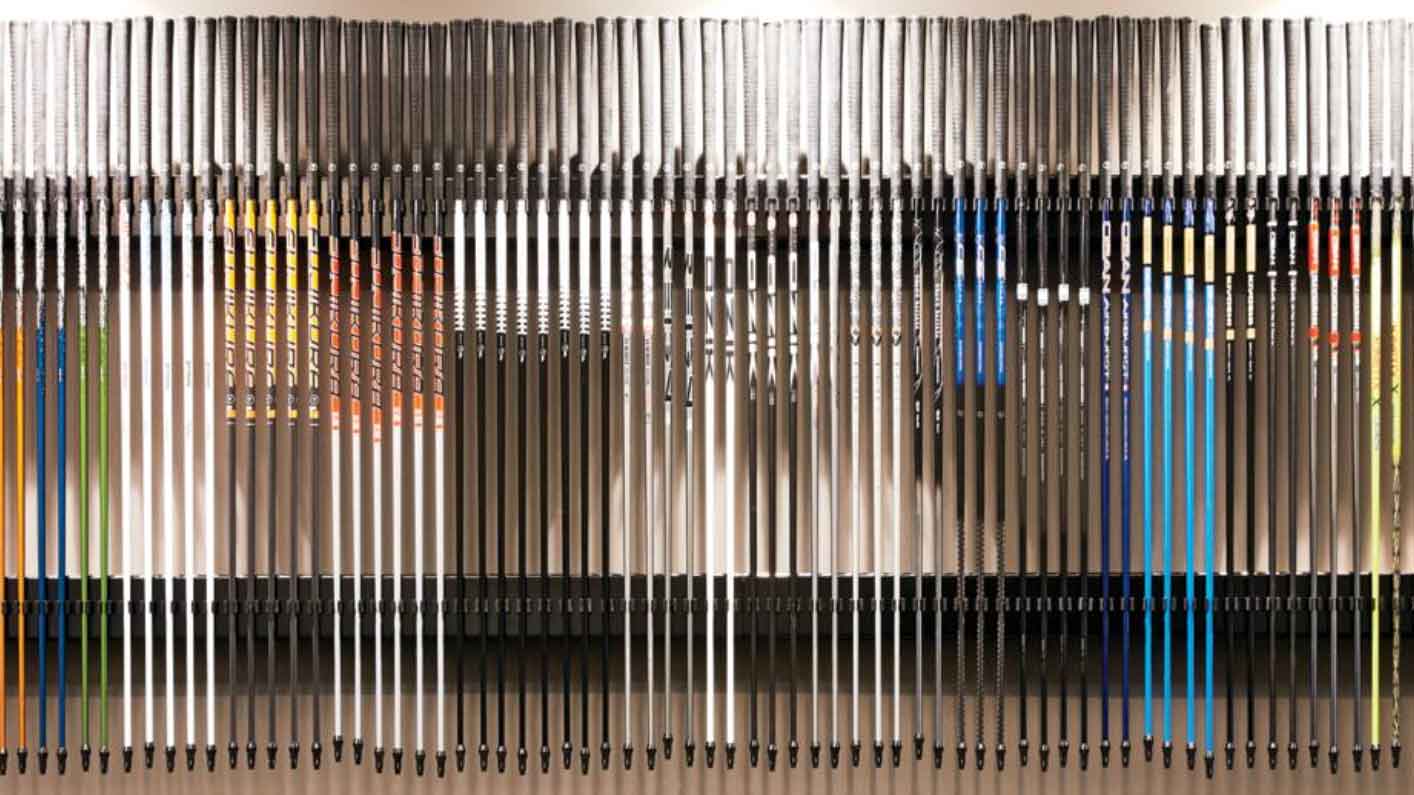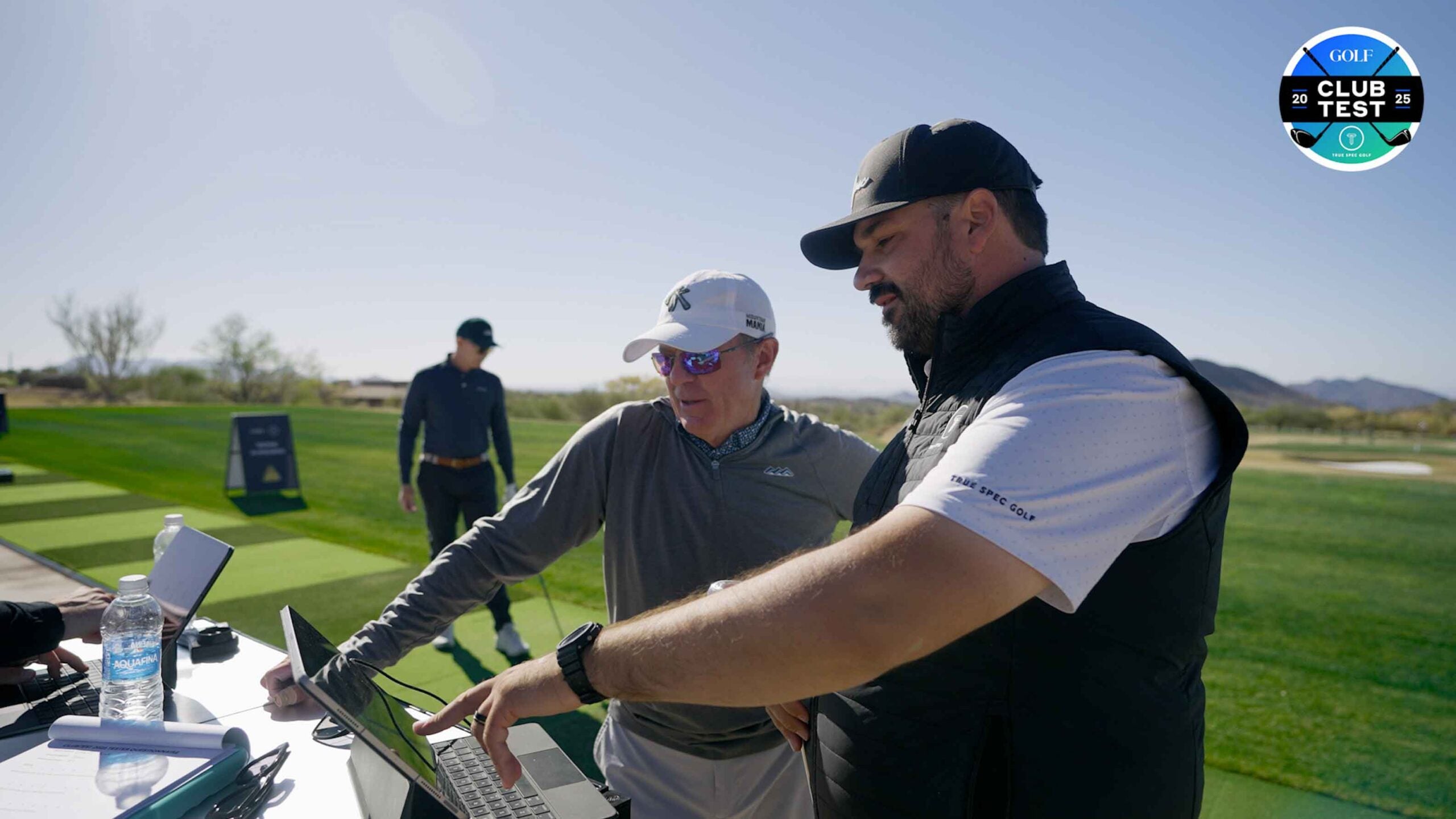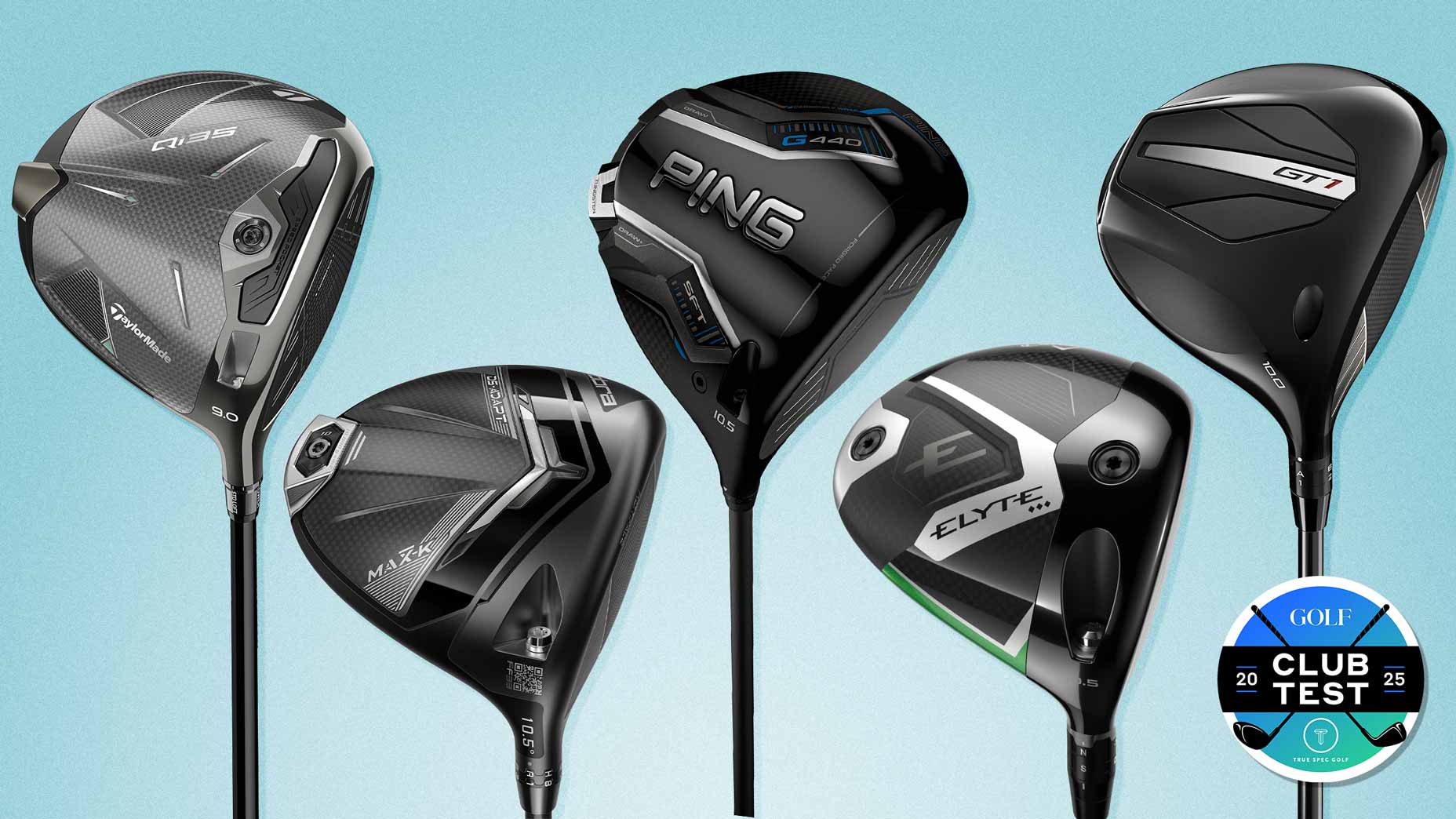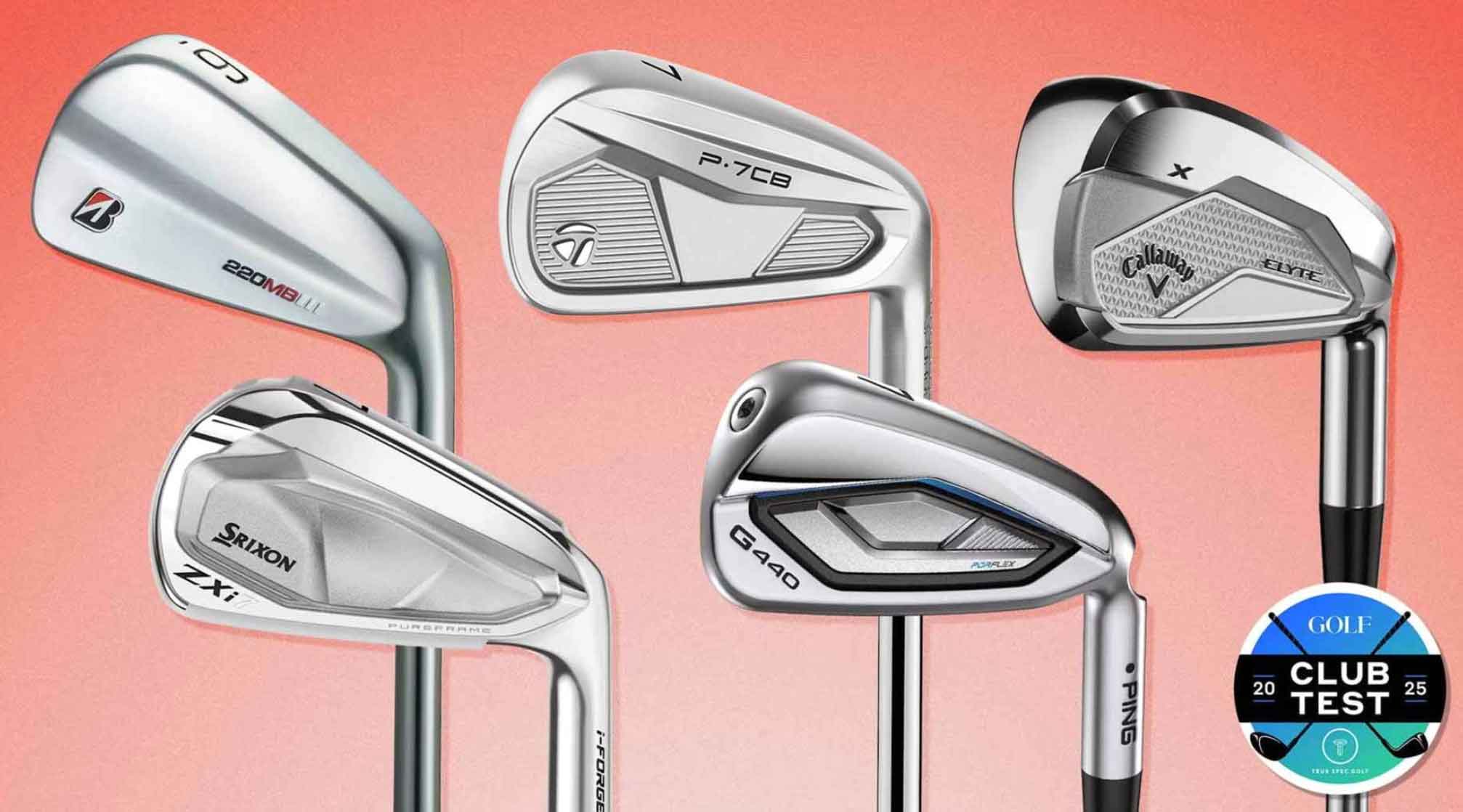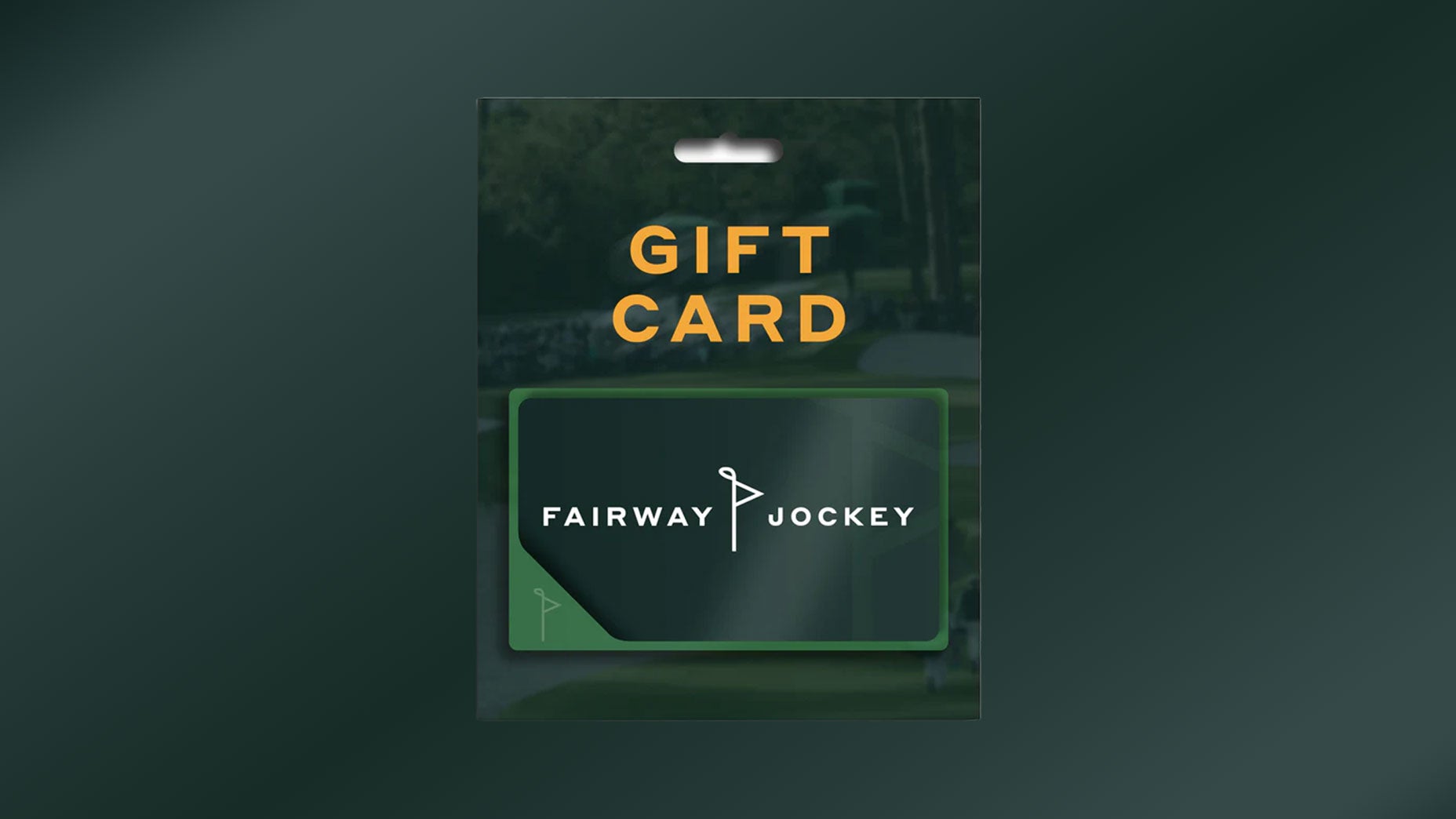 Act now to receive a 20% gift card bonus at Fairway Jockey
Act now to receive a 20% gift card bonus at Fairway Jockey
Are you buying a counterfeit golf club? Here are three ways to check
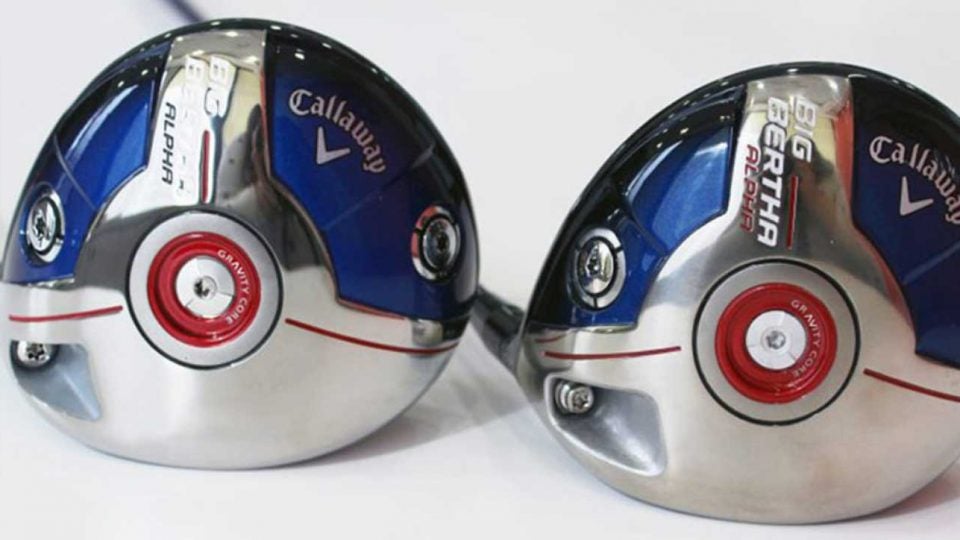
Golf’s biggest equipment companies can agree on one thing: counterfeit clubs are bad for the consumer — and bad for business. That’s why Acushnet, Callaway-Odyssey, Srixon, Ping, PXG and TaylorMade came together in 2004 to form a group whose goal would be to identify and eliminate fake club operations across the world.
At this week’s PGA Show, we stopped by the booth of the aforementioned partnership (the U.S. Golf Manufacturers Anti-Counterfeiting Working Group) to find out a little more about how, exactly, you might know what you’re buying is a fake. Here are three telltale signs to watch out for.
1. Is it shipping directly from China?
Even if the parts are made overseas, most major equipment manufacturers assemble their products in the U.S., so American customers should be wary of products that are shipping from China. Many counterfeit operations are based there, so keep a healthy skepticism when you’re looking for a bargain.
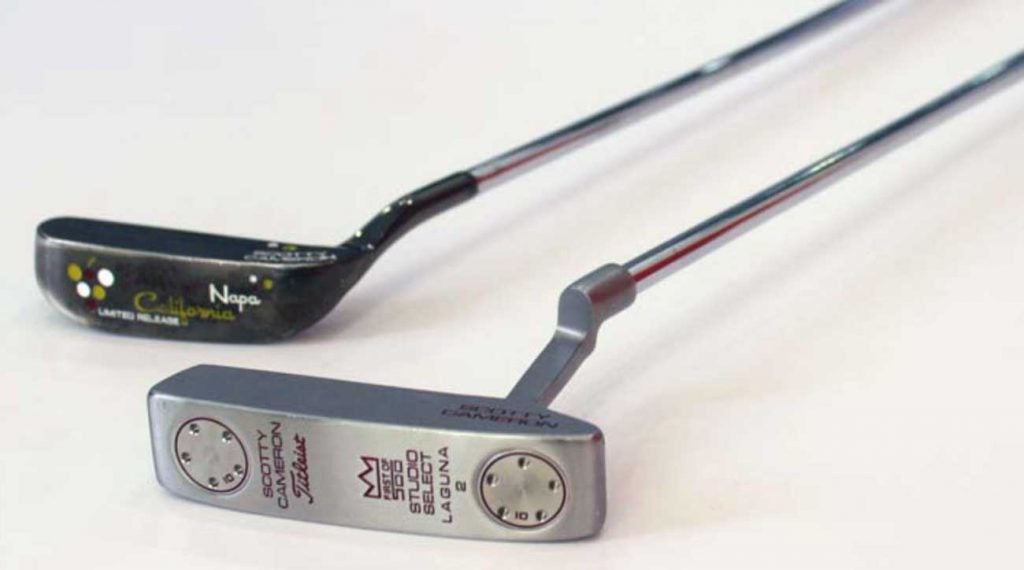
ADVERTISEMENT
2. Does the deal sound too good to be true?
Everyone loves a good deal, which is why it’s fun to buy things at a discount. Day-old muffins. Mis-printed sweatshirts. Barely-used cars. But golf manufacturers generally don’t sell “misprints.” If it looks wrong — extra glue, discoloration, different engravings, etc. — it almost certainly is. And if the deal sounds too good to be true, chances are it is.
3. Are you buying from an authorized retailer?
On the internet, it’s easy to make something look like it’s legitimate. Sellers can pull stock photos of drivers, for example, that make it seem like they’re the real deal. But a lot of counterfeiting comes from third-party sellers on sites like Amazon, Alibaba or Ebay. We’d recommend buying from a known retailer, or making sure to double- and triple-check that a third-party seller is authorized by a known platform. Manufacturers keep lists of authorized retailers — if you’re buying from someone else, you’re taking a risk.
There’s a reason counterfeit clubs are cheap. They’re probably not very good at being golf clubs. We’re all for taking risks on the golf course, but it’s probably worth playing it safe when it comes to investing in new gear this year.
For more tips, check out the group’s website at KeepGolfReal.com.
To receive GOLF’s all-new newsletters, subscribe for free here.
ADVERTISEMENT



